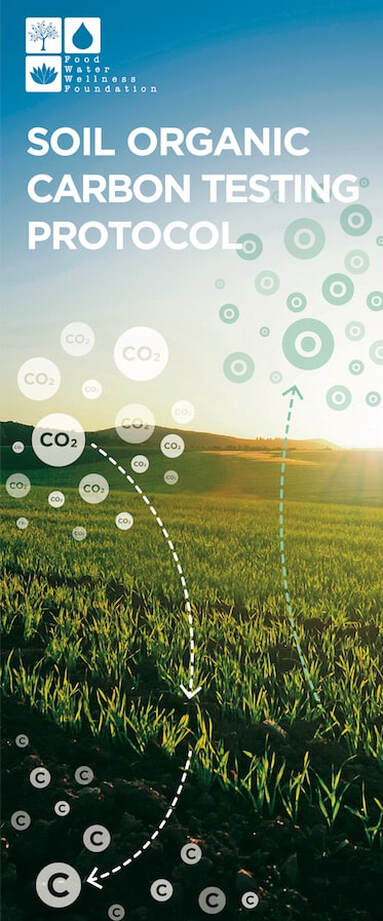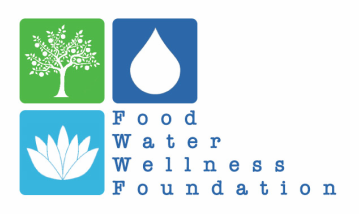Soil Organic Carbon Testing

Our Soil Quantification Project is a go and we will begin sampling soon!
We are working on 8 sites throughout the province with producers who are interested in improving their soil and mitigating climate change.
As soil management improves, we will track increases in crop quality and yield as well as effects on drought and flood mitigation.
In 2022 we will go back and re-measure the soil to confirm increases in sequestered soil organic carbon with the potential to sell the sequestered carbon into the offset market.
It's a win-win all around!
This project has been made possible by the Government of Canada and the Government of Alberta through the Canadian Agricultural Partnership.
Carbon Testing Steps:
- GPS verification of locations and test sites on the farm.
- The producer provides any relevant background data on the farm or ranch and existing soil survey results if available.
- A preliminary carbon stratification map and a soil sample plan are created with this information.
- Core soil samples are taken from 60 different points on the farm or ranch.
- Samples are sent to a lab to be tested and are not aggregated.
- A carbon distribution map of the farm or ranch is developed and a total amount of soil carbon calculated.
- Any agricultural practices that a producer is already doing or starting to do to build soil carbon can be tracked.
- Re-testing takes place when deemed appropriate by the protocol.
Why Measure Soil Carbon?
1. Carbon is the primary driver of soil fertility. Knowing how much soil carbon is stored in the ground and being able to monitor how management practices impact soil carbon is invaluable to producers and the long-term viability of their operations.
2. Building soil carbon makes farms and ranches more resilient against extreme weather events like droughts, wildfires and floods.
3. Measuring soil carbon on a farm-by-farm basis means producers have the flexibility to use the regenerative practices that suit them best and opens the door for producers to be paid in the form of carbon credits for maintaining and enhancing their carbon stocks.
4. It provides a management tool to help you work to improve your soil in a targeted way. The carbon map that comes out of the the testing protocol enables you to know where you have high carbon areas and low carbon area.
1. Carbon is the primary driver of soil fertility. Knowing how much soil carbon is stored in the ground and being able to monitor how management practices impact soil carbon is invaluable to producers and the long-term viability of their operations.
2. Building soil carbon makes farms and ranches more resilient against extreme weather events like droughts, wildfires and floods.
3. Measuring soil carbon on a farm-by-farm basis means producers have the flexibility to use the regenerative practices that suit them best and opens the door for producers to be paid in the form of carbon credits for maintaining and enhancing their carbon stocks.
4. It provides a management tool to help you work to improve your soil in a targeted way. The carbon map that comes out of the the testing protocol enables you to know where you have high carbon areas and low carbon area.

